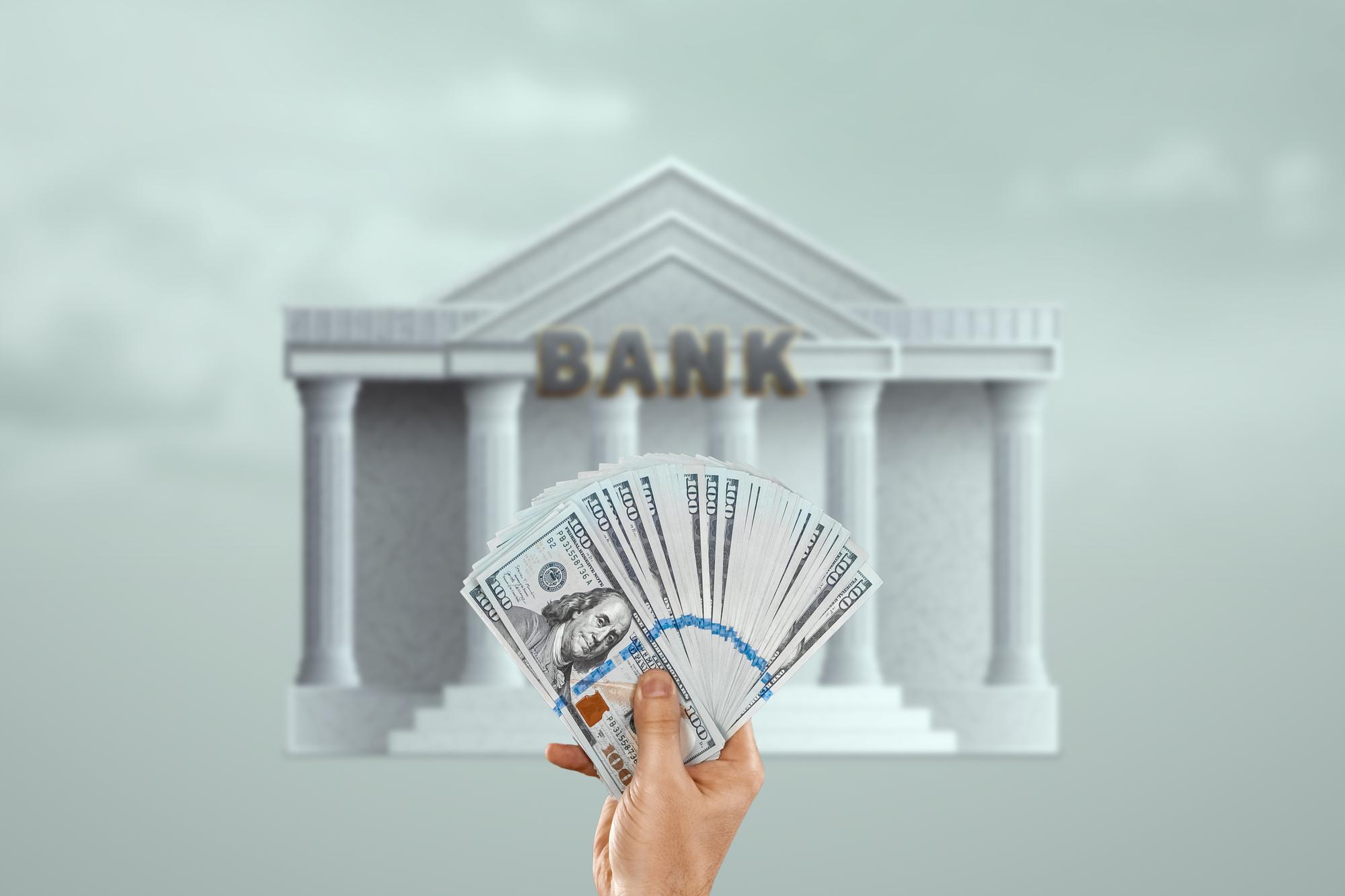The World Bank is an international financial organization whose goals and functions stem from that fact. Through loans and grants, it provides financial assistance to countries with low and moderate incomes to help them develop their economies. Please verify the following information.
The Group of the World Bank
The World Bank is a well-known multinational financial organization that operates worldwide. Alongside establishing the International Monetary Fund, it took place at the Bretton Woods Conference in 1944. (IMF). World Bank and International Monetary Fund work closely together. For various initiatives, the World Bank offers low- and middle-income nations financial assistance through loans and grants. In the following article, learn about the World Bank, its goals, and its affiliated organizations. Take a peek at what's down below.
Associated with the World Bank are the following organizations:
The World Bank Group comprises five different international institutions that work together to give financial assistance to nations still in development. These include:
● That institution is known as the International Bank for Reconstruction and Development (IBRD)
● The Organization for International Cooperation and Development (IDA)
● Organization for International Cooperation in Finance (IFC)
● This organization is known as the Multilateral Investment Guarantee Agency (MIGA)
● An organization is known as the International Centre for the Settlement of Investment Disputes (ICSID).
When used together, the IBRD and IDA are frequently referred to as the World Bank. IDA has 173 member states, but the IBRD has 189 member nations.
The goals of the World Bank are as follows:
● To provide member nations access to financing on a long-term basis for economic revitalization and development.
● To encourage long-term capital investments to ensure that BOP equilibrium and balanced growth of international commerce are maintained.
● To encourage financial investments in member nations via the following means:
● To give a guarantee on private loans or investments in capital.
● IBRD will step in to assist if capital is unable to be raised, notwithstanding the provision of a guarantee.
● Assure the implementation of development initiatives to facilitate a seamless transition from an economic state of war to financial peace.
The World Bank's Roles and Responsibilities
Currently, the World Bank is performing an essential function by helping member countries, particularly less developed nations, get financing for development projects via loans. The bank offers loans for various development projects from five to twenty years.
Up to twenty percent of the bank's share of its paid-up capital may be distributed as loans to member nations.
The bank will also issue loans to private investors who are members of the bank based on the bank's guarantee; however, private investors will be required to get a license from their home nation. The service fees that banks charge range from one to two percent.
The World Bank makes its own decisions on the amount of loan service, interest rate, terms, and conditions.
In most cases, financial institutions will provide loans to member countries for projects that have been properly proposed to the bank.
The country in debt is required to make repayments, but they may be made either in its reserve currencies or in the currencies in which the loan was approved.
Capital Sources For The World Bank In other words, where does the money for the World Bank come from?
The first authorized capital of the World Bank was $10 billion, and it was initially structured as one lakh shares, each of which was priced at $1. The World Bank has raised allowed capital from 24 to 27 billion dollars. The following is the method that member nations use to return their part of the World Bank:
● Only two percent of the allowed portion is paid back in gold, dollars, or special drawing rights.
● Every member state can pay back 18% of its capital contribution in the currency of its choice.
● The member nation must deposit eighty percent within 48 hours of the World Bank's request.
Lending from the World Bank:
India has been taking out loans from the World Bank to fund various programs to reduce poverty, improve infrastructure, and foster rural development, among other things. The Indian government receives one of the most generous concessions on its foreign loans from the International Development Association (IDA). These monies are mostly used toward completing social sector initiatives that help accomplish the Millennium Development Goals. In 1948, India received its first loan from the World Bank for 86 billion US dollars. As of the end of March 2011, the total outstanding debt for the IBRD was 11.28 billion dollars, while the total outstanding debt for the IDA was 27 billion dollars.
The World Bank has approved loans totaling 75% to developing countries in Africa, Asia, and Latin America. In comparison, it has only offered 25% of its total loans to the industrialized nations of Europe. However, despite this, most countries believe that developed countries have a strong command over the governing body of the World Bank since they provide the greatest contribution to the bank's treasury.
 PDF Magic
PDF Magic



